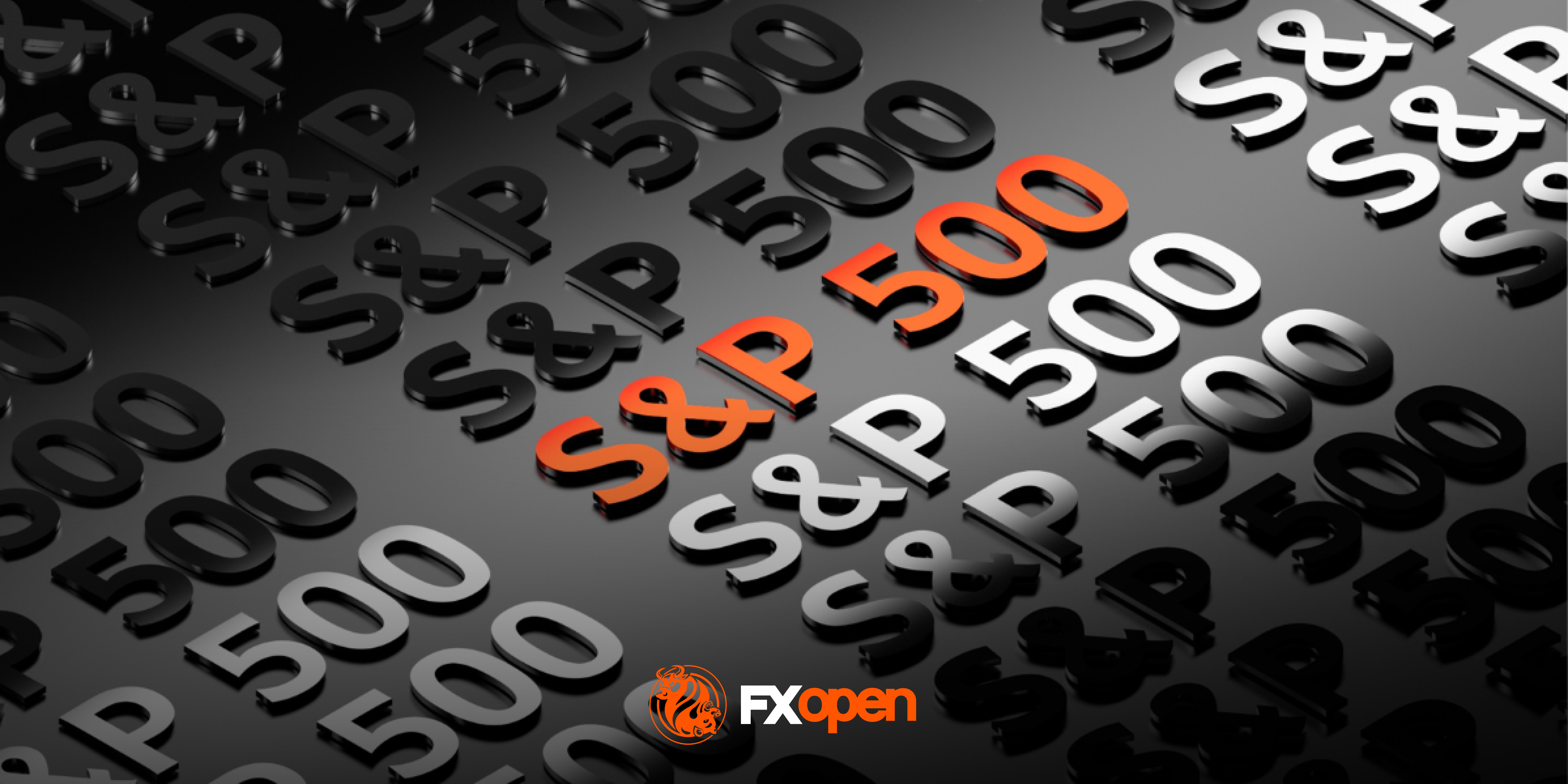FXOpen

In anticipation of the upcoming Federal Reserve meeting, central bank officials find themselves in a challenging position. While the prospect of raising interest rates looms, they must carefully manage expectations regarding the continuity of their 19-month campaign to increase borrowing costs. Federal Reserve Chairman Jerome Powell is set to address this complex issue, marking a pivotal moment in monetary policy.
Since the last Fed meeting on September 19-20, several significant events have unfolded, adding layers of complexity to the decision-making process:
Economic Growth and Inflation: Reports indicate that the US economy continues to grow at a pace that could exacerbate inflationary pressures. The surge in bond yields has the potential to hinder economic activity if it continues to accelerate.
Geopolitical Uncertainty: The eruption of conflict in the Middle East adds an additional layer of uncertainty to the global economic landscape.
Political Instability: The US Congress faces a leadership vacuum, and a looming government shutdown deadline adds further complications.
Inflation Dynamics: While underlying inflation appears to be cooling, a sudden spike in housing and service prices in September threatens to disrupt the Fed's narrative of diminishing price pressures.
Mr Powell is tasked with interpreting this evolving landscape without inadvertently spurring either unwarranted confidence that current financial conditions are sufficient to curtail inflation or unfounded concerns that the central bank will need to apply higher interest rates. Both scenarios hold some merit and warrant careful consideration.
In a critical speech scheduled for Thursday, Mr Powell will likely offer insights into the recent rapid surge in bond yields. These yields could serve the dual purpose of aiding the Federal Reserve in achieving its inflation targets while highlighting the precarious nature of current monetary policy.
Notably, the Federal Reserve appears to be shifting its focus from inflation containment to recession avoidance. This change has left monetary policymakers grappling with the decision of whether the rising Treasury yields are driven by expectations of further Fed rate hikes or by shifting economic perspectives and associated risks.
The euro gained rapidly against the US dollar at the beginning of this week, and today, that gain has begun to tail off but still remains higher than the sudden dip at the end of last week, suggesting that volatility in this major pair is back.
One potential scenario entails the Fed following the market's lead and increasing rates in line with investor expectations. In contrast, another perspective suggests that investors are essentially stepping in to supplement the Fed's efforts, substituting for additional rate hikes.
The dynamic has shifted considerably since the September meeting. Analysts suggest that the Fed is now paying close attention to the spike in bond yields, as several officials have hinted at the possibility of reducing the number of rate hikes.
The impending Fed meeting is expected to usher in a new phase of policy discussion. Should the central bank decide to maintain rates on November 1, it would be the first time since the tightening cycle began in March 2022 that consecutive meetings have not seen a rate hike. Powell must skillfully communicate this expected outcome while preserving the possibility of future rate increases and dispelling speculation about potential rate cuts or modifications to other aspects of Fed policy, such as the ongoing balance sheet reduction.
This juncture is crucial for Mr Powell as he assesses the economic landscape, further intensified by the outbreak of conflict in the Middle East and political upheaval in Washington.
The Federal Reserve's decision to raise its benchmark interest rate by a quarter of a percentage point in July has already led to a significant increase in long-term bond yields. This outsized movement could influence consumer and business loan rates, potentially slowing inflation but also introducing the risk of going too far.
When the yield on the 10-year Treasury note surpasses the Fed's policy rate, it typically serves as a test of monetary policy, often leading to recessions. However, when this shift does not trigger a recession, it signifies a "soft landing," which is the Fed's ultimate goal.
Mr Powell must also address the trajectory of inflation. Recent data do not entirely align with the Fed's narrative of a gradually slowing economy and decreasing inflation. Fed Governor Christopher Waller recently described the economy as "booming," suggesting that third-quarter GDP growth could potentially reach a 4% annual rate. However, this growth rate is more than double the Fed's "potential" growth rate, which it sees as consistent with its 2% inflation target.
While Mr Waller acknowledged a potential decline in inflation, this assessment was made prior to the release of consumer price data for September, which introduced complexities to the discussion. Core inflation slowed, but other factors, such as surging housing costs and increased service sector prices, challenged the Fed's expectation of diminishing shelter costs and rising inflation concerns in specific areas.
Mr Powell faces the challenge of addressing these concerns and communicating the Fed's stance effectively, considering the ongoing strength of the economy. As the data for September appear to deviate from the Fed's narrative of sustained disinflation, the central bank must navigate these uncertainties to maintain economic stability.
The Federal Reserve's decision-making process in the upcoming meeting is undoubtedly a complex and multifaceted issue, with a range of factors influencing the central bank's stance on interest rates and monetary policy.
Trade over 50 forex markets 24 hours a day with FXOpen. Take advantage of low commissions, deep liquidity, and spreads from 0.0 pips. Open your FXOpen account now or learn more about trading forex with FXOpen.
This article represents the opinion of the Companies operating under the FXOpen brand only. It is not to be construed as an offer, solicitation, or recommendation with respect to products and services provided by the Companies operating under the FXOpen brand, nor is it to be considered financial advice.
Stay ahead of the market!
Subscribe now to our mailing list and receive the latest market news and insights delivered directly to your inbox.








